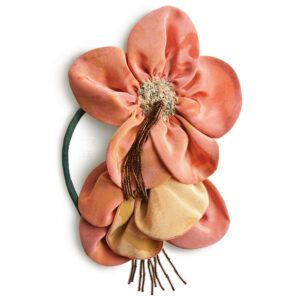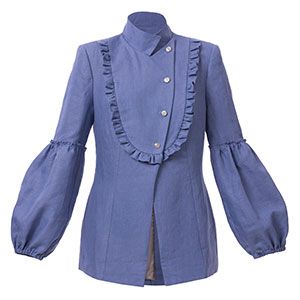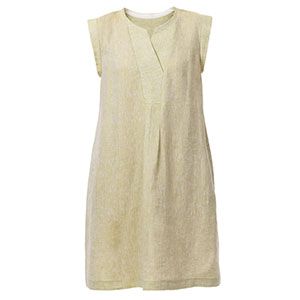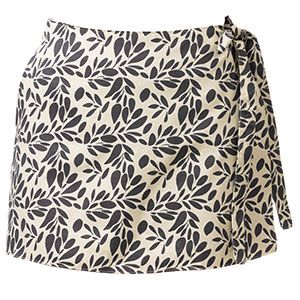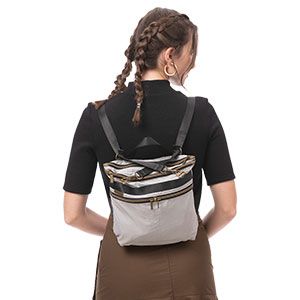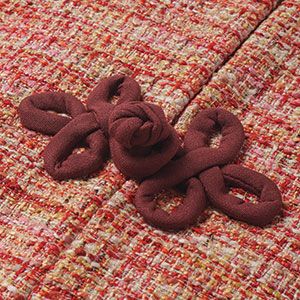Become a Threads Insider
Enjoy instant access to hundreds of exclusive how-to videos, project tutorials, and in-depth sewing content.
NEW!
Threads Project Guides
Everything you need to know to design and sew your own wardrobe.
Conversational Threads
Highlights
-
Sign up for the Threads eletter
This site is protected by reCAPTCHA and the Google Privacy Policy and Terms of Service apply.See all newsletters -
 Sponsored Content
Sponsored Content
Where to Buy
-

-

-

-

Threads Insider
Video
View All-
 Sewing with Threads Podcast
Sewing with Threads PodcastAltering, Fitting, and Ready-To-Wear Garments, with Pamela Howard | Episode 65
-
 Sewing with Threads Podcast
Sewing with Threads PodcastMaking Time for Draping, with ChaCha N. Hudson | Episode 63
-
 Sewing with Threads Podcast
Sewing with Threads PodcastSewing for Prom and Wedding Season, with Barbie McCormick | Episode 62
-
 Sewing with Threads Podcast
Sewing with Threads PodcastTraditional and Updated Tailoring, with Couture Expert Kenneth D. King | Episode 59

Podcast
Sewing with Threads
The podcast for people who love to sew!
Connect
Follow Threads on your favorite social networks.
Threads 360
View All-
Designer Stitch Dita 0821 | 360-Degree View
This vintage-look knit dress has a semi-funnel collar, keyhole neckline, flared panel skirt, set-in sleeves with a gathered edge over the upper arms, center-back zipper, and optional self-fabric 4-inch-wide ruched…
-
BurdaStyle 1210720 Striped Fit-and-Flare Dress | 360-Degree View
Put striped fabrics to creative use in this 1950s-inspired swing dress. It features a banded V-neckline, one-button closure, cap sleeves with an underarm gusset, fitted bodice with bust and waist…
-
Marfy 9071 Pants with Zipper Details | 360-Degree View
Marfy 9071 includes two garments: a top and pants. We are only showing the pants, which feature unusual zipper details. The slim-fitting, ankle-length pants have a narrow waistband, fly front,…









